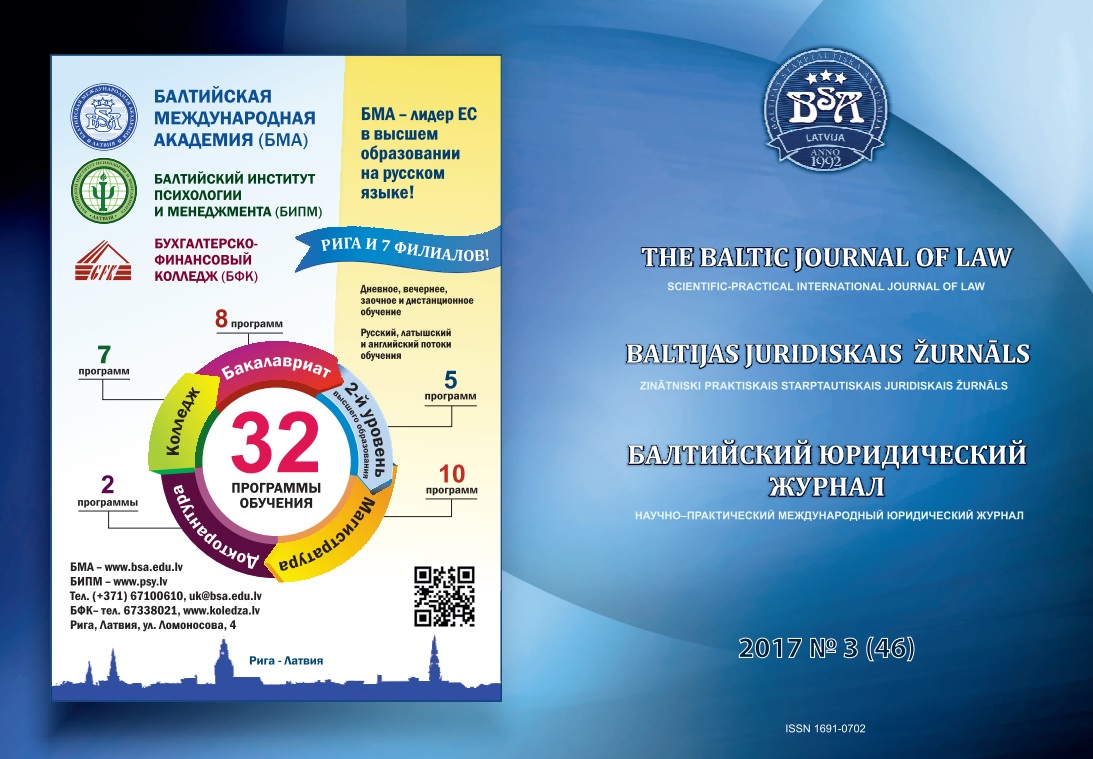Author(s): Dragana Vilić / Language(s): English
Issue: 9/2015
For the functioning and development of society the great significance have demographic processes and changes (natural population growth, fertility, birth rate, mortality rate, aging of population, changes in regard to marriage, the frequency of celibacy, divorce). This paper analyzes the causes and consequences of these processes and changes in contemporary society. The trends of demographic changes are not the same in all societies in the world. In developed societies today can be observed, with minor differences, the same demographic trends – low and/or negative natural population growth, the rapid aging of population, low mortality rates, increasing of the divorces and the like. On the other hand, in underdeveloped societies are born many children, where weak economic conditions are conducive to a deterioration in the material, social and health status of the population (illness and mortality, particularly of women and children). This clearly indicates that demographic processes and changes are not directly influenced by economic and social factors (the level of education, the development of society in general, etc.), but that there are a number of indirect social factors causing it (national, class, political, cultural, religious and other). In response to the unfavorable demographic trends (population size, the age of the population, etc.) and the consequences which population factor creates in many economic and social areas (reduction of the working population, the burden of social security funds, etc.), in the past two decades in the most countries population policy was placed in the area of population fertility - there were introduced the pro-natalist measures in developed countries and measures to discourage procreation in underdeveloped countries.
More...












